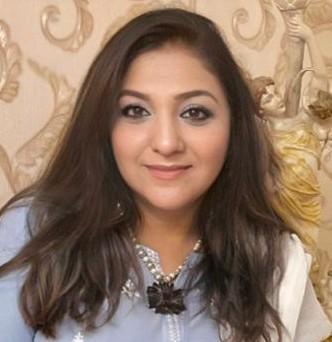— John F. Kennedy*
Exploring the Power of Visual Art in Shaping Minds, Cultures, and Societies.
Introduction: Art Beyond Time
Visual art is not merely a modern innovation or a decorative luxury. Its origins go back to the primitive age, where cave paintings, carvings, and symbols served as the earliest forms of communication. Art has always been an essential pillar of human civilization—a means to record history, celebrate culture, and express thought and identity.
Today, visual art continues to play a transformative role in personal growth, education, nation-building, and social change.
Art as a Mirror of Civilization
Art is often described as the soul of a civilization. From the pyramids of Egypt and the frescoes of the Renaissance to the intricate calligraphy of Islamic art, visual expression has preserved traditions, spiritual beliefs, and societal evolution.
Historical Record: Art documents historical events and societal values.
Cultural Identity: Nations proudly display their art heritage to reflect their uniqueness.
Tourism Magnet: Art and architecture are among the top attractions globally.
“Every artist dips his brush in his own soul and paints his own nature into his pictures.” —
Henry Ward Beecher
*The Role of Visual Art in Student Development
In the classroom, visual art nurtures not just talent but the whole personality of a student.
Critical Thinking & Creativity: Art enhances problem-solving and innovation.
Emotional Expression: Students learn to express complex emotions non-verbally.
Confidence & Communication: Displaying their work builds self-esteem and voice.
Cultural Literacy: Learning art from different traditions promotes tolerance and empathy.
Art is the most beautiful of all lies that tells the deepest truths.” — Pablo Picasso
Example: In Finland, where art is integrated into early education, students show higher levels of emotional intelligence, creativity, and social harmony.
Technology, AI, and the New Frontier of Art
The 21st century has revolutionized visual art with the rise of Artificial Intelligence (AI) and digital platforms. These tools expand the creative possibilities for both students and professionals:
AI Art Generators like DALL·E allow users to create art from simple text prompts.
Digital Illustration Tools such as Procreate and Adobe Fresco are now standard in modern classrooms.
Augmented Reality (AR) and Virtual Galleries make it possible to “walk through” art without leaving your home.
“Technology is the brush of the 21st century; imagination is still the hand that holds it.” — Unknown
These innovations inspire students to blend creativity with digital literacy, preparing them for careers in design, animation, gaming, and multimedia storytelling.
Art as a Foundation for National Identity and Economy
Art isn’t just emotional—it’s economical and political. Countries that support and showcase their art thrive in soft power, unity, and international recognition.
Cultural Diplomacy: Art strengthens a country’s global image.
Economic Growth: Creative industries such as fashion, film, and design are billion-dollar sectors.
Unity & Healing: Public art in post-conflict nations fosters hope, resilience, and shared identity.
“A nation that invests in art, invests in the soul of its people.” — John F. Kennedy
“Art for Social Awareness and Change
Art moves hearts and hearts move people to act. Whether it’s a mural against climate change or a digital illustration for mental health, art raises awareness where statistics often fall short.
Advocacy : Artists spotlight human rights, gender equality, and environmental issues.
Inspiration : Art invites reflection, connection, and social reform.
Accessibility: Visual art crosses language, age, and cultural barriers.
“Art should comfort the disturbed and disturb the comfortable.” _
Cesar Cruz
“Art speaks where words are unable to explain.” — Unknown
A Canvas for the Future
Visual art is not just about aesthetics; it’s a tool for education, a voice for the voiceless, and a bridge across generations. It nurtures emotional well-being, fuels innovation, strengthens economies, and shapes collective identity.
In an age of technology and transformation, let us not forget that creativity is the root of progress. As we paint the future, art must remain the brush that connects humanity.
“Art is not what you see, but what you make others see.” — Edgar Degas
By Ms Sabahat Ali
Prolific Writer/Educationist

















